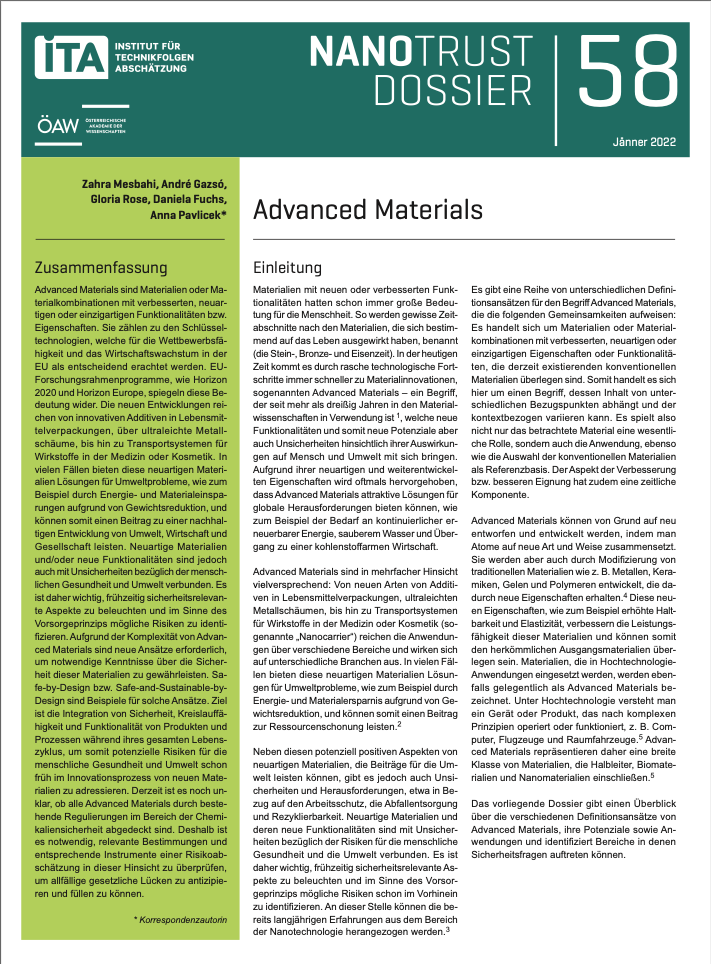Myrtill Simkó,
André Gazsó,
Ulrich Fiedeler,
Michael Nentwich
doi:
10.1553/ITA-nt-012en
Abstract:
Free radicals are unstable atoms or molecules with free outer electrons. This makes them highly reactive because free electrons always strive to form a stable bond. This stabilization involves gaining an electron from another molecule, triggering a chain reaction. Such reactions are omnipresent in the human body, but under certain circumstances can damage biomolecules. Whether nanoparticles are intracellular taken up leading to the activation of free radical production is currently being discussed. Ongoing studies are investigating whether the amount of free radicals formed on the surface of nanoparticles is sufficient to induce cellular effects. This dossier provides an overview about what free radicals are, how they originate, why organisms need them, how they are neutralized, and what we know about the connection between nanoparticles and free radical production.
nanoparticles, free radicals, oxidative stress
Published Online:
2011/01/19 14:30:57
Document Date:
2011/01/19 14:30:00
Object Identifier:
0xc1aa5576 0x00252206
Rights:All rights reserved.For questions regarding copyright and copies please contact us by email.Das NanoTrust-Team bietet an dieser Stelle in loser Folge sog.
Dossiers an,
die in leicht-fasslicher, aber wissenschaftlich fundierter Weise auf ca.
drei bis sechs Seiten den aktuellen Wissensstand zu den aktuellen Themen der
aufkommmenden Nanodebatte zusammenfassen.



 Home
Home Print
Print
 References
References
 Share
Share
